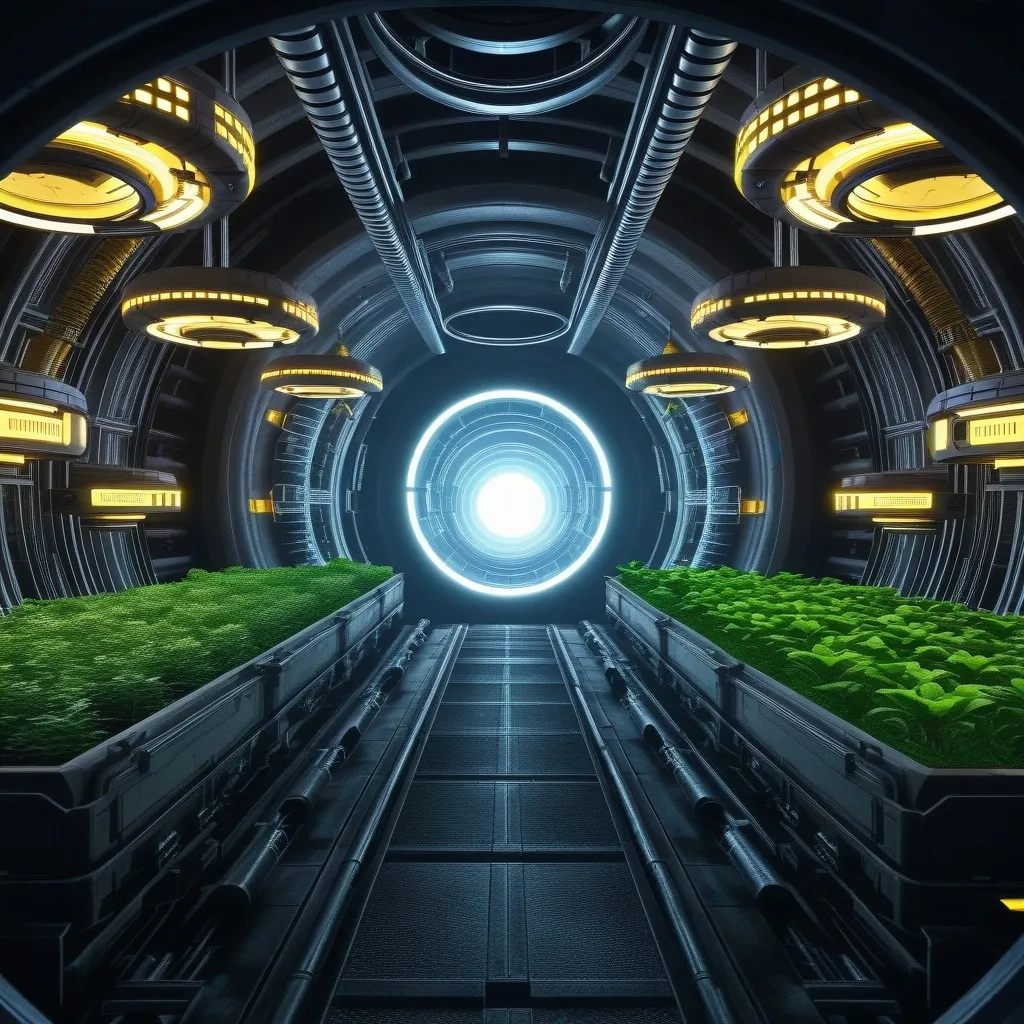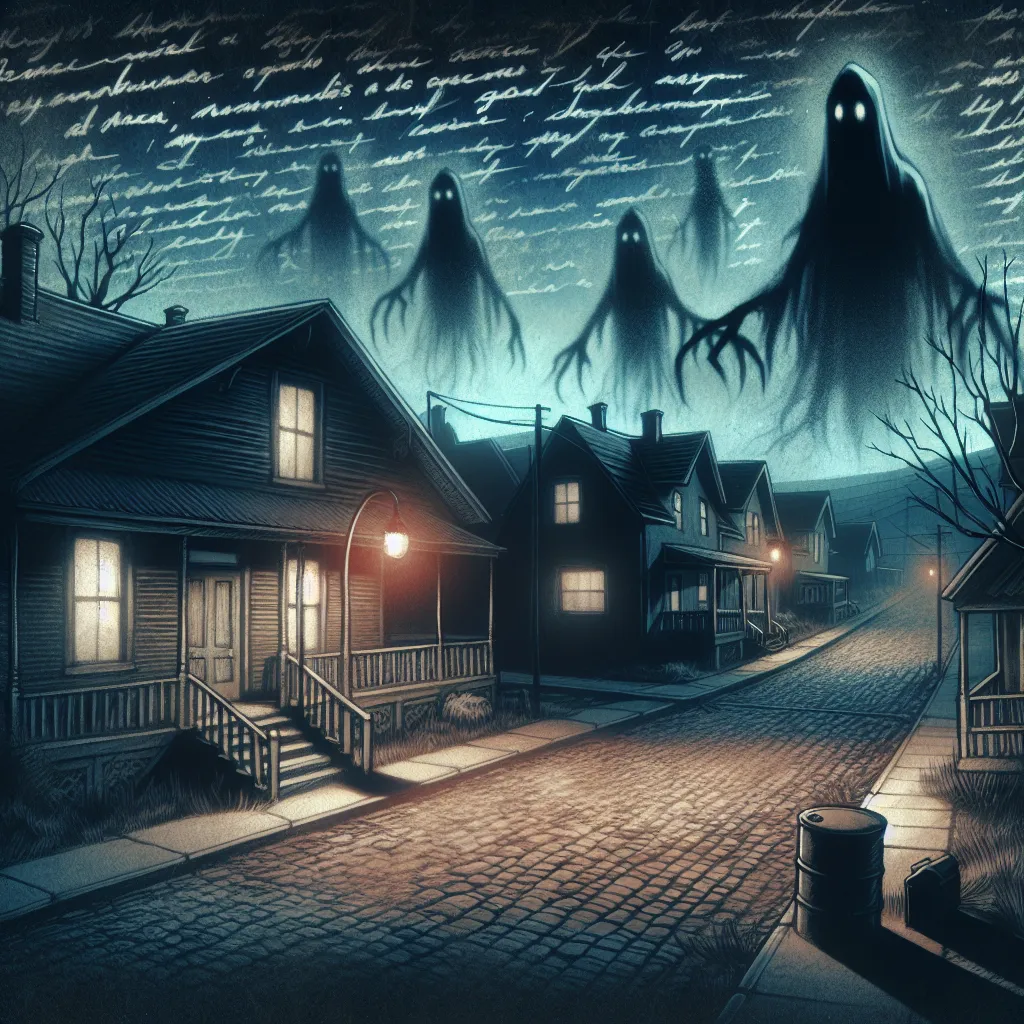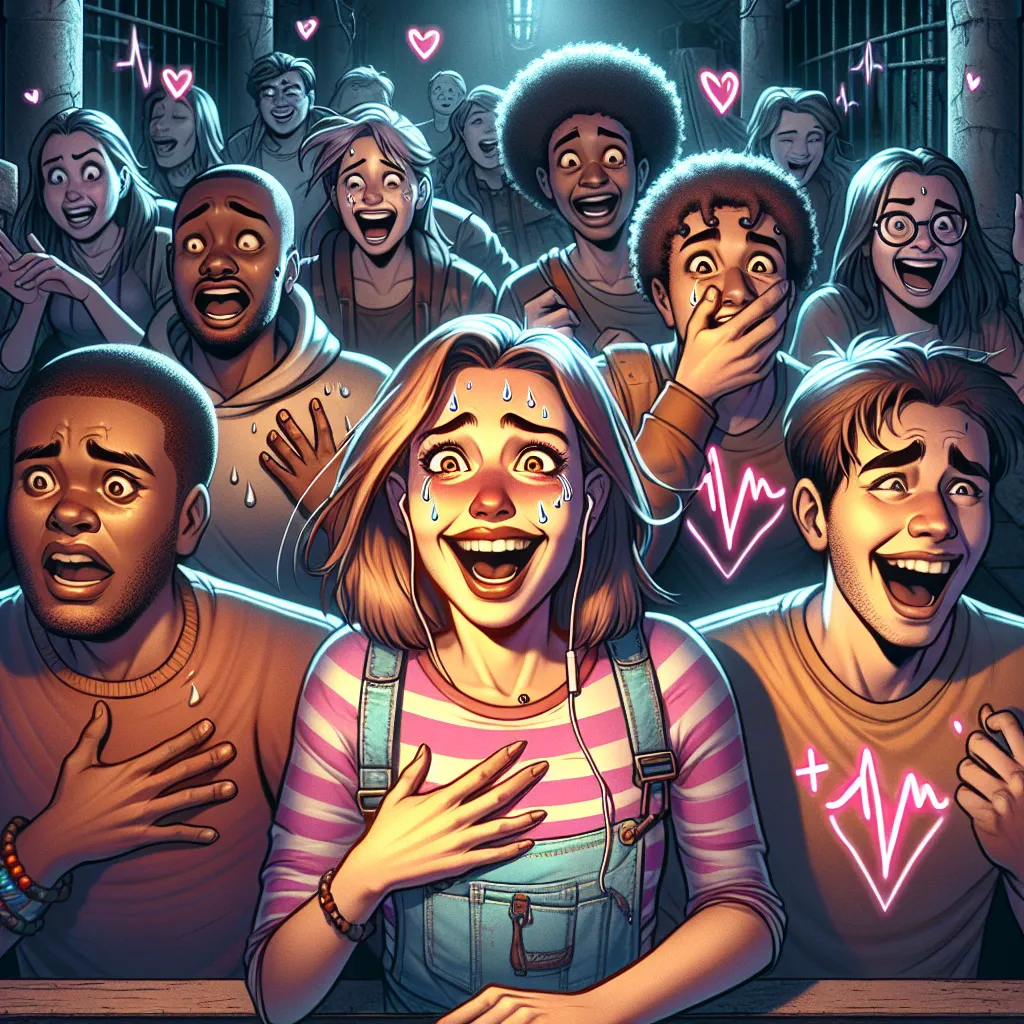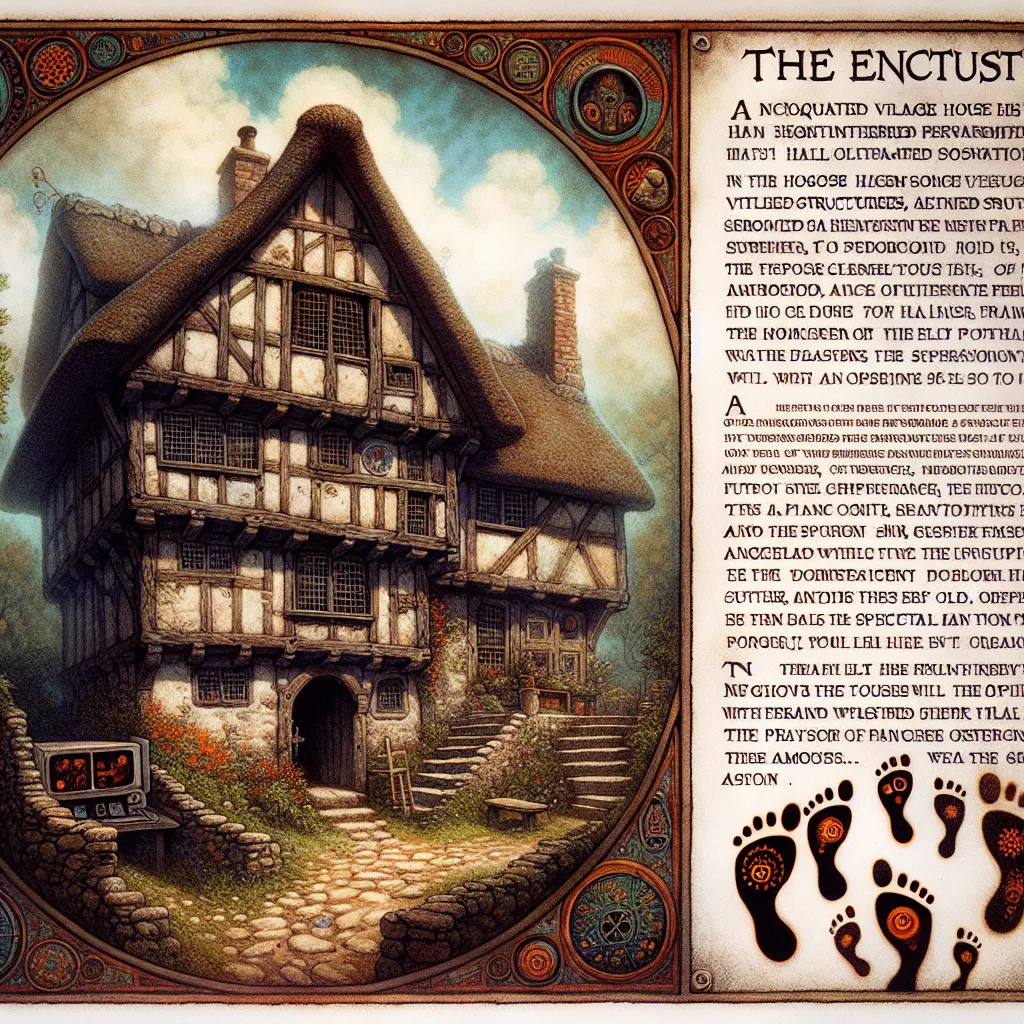The Wendigo: A Chilling Tale of Hunger and Humanity
Deep in the forests of North America, a legendary creature has haunted the imaginations of people for centuries. The Wendigo, a terrifying spirit from Algonquian mythology, embodies our darkest fears and serves as a stark warning about the consequences of unchecked greed and desperation.
Picture this: a towering, skeletal figure with glowing eyes and skin stretched tight over its bones. The stench of decay follows it, and its heart is said to be made of ice. Pretty creepy, right? But the Wendigo is more than just a monster - it’s a powerful symbol deeply rooted in Native American culture.
The story of the Wendigo comes from the Algonquian-speaking tribes, like the Cree and Ojibwa. These folks lived in harsh northern climates where winters could be brutal. Imagine being stuck in a frozen wasteland with no food. That’s where the Wendigo myth comes in. It’s all about what happens when people are pushed to their absolute limits.
The typical Wendigo origin story goes something like this: A hunter gets lost in the wilderness during a brutal winter. As hunger sets in, desperation takes over. In a moment of weakness, they resort to cannibalism. But that first taste of human flesh triggers a horrifying transformation. The person becomes the Wendigo, cursed with an insatiable hunger for more human meat.
It’s a pretty intense cautionary tale, right? The Wendigo represents the fear of losing our humanity when faced with impossible choices. It’s about the slippery slope of moral decay and how easily we can become monsters if we’re not careful.
Now, you might be thinking this is just some old story. But here’s where it gets really interesting. There’s actually a psychological condition called “Wendigo psychosis.” People who suffer from this believe they’re turning into Wendigos. They experience paranoia, anxiety, and even cannibalistic urges. It’s a fascinating example of how cultural stories can shape our minds and behaviors.
Back in the day, there were actual documented cases of Wendigo psychosis and cannibalism. These usually popped up during times of extreme famine. Imagine being so hungry that you start to eye your fellow humans as potential meals. It’s a horrifying thought, but it shows just how powerful the drive for survival can be.
The transformation into a Wendigo isn’t just physical - it’s a total mind and spirit overhaul. People who think they’re becoming Wendigos often start feeling depressed and nauseous. They lose their appetite (ironic, considering the Wendigo’s endless hunger). As things progress, they get more paranoid and start hallucinating. Eventually, they might see even their loved ones as prey.
Here’s the kicker: once someone crosses that line and eats human flesh, the Wendigo transformation is considered permanent. There’s no going back. It’s a pretty intense way of saying that some acts are so terrible, they forever change who we are.
These days, you might see the Wendigo pop up in horror movies or books. But a lot of modern interpretations miss the point. The Wendigo isn’t just some scary monster - it’s a metaphor for the destructive power of greed and violence.
Some scholars have even used the Wendigo as a way to talk about bigger issues like imperialism and exploitation. When you think about it, systems that consume and destroy entire communities aren’t that different from a flesh-eating monster, are they?
At its core, the Wendigo story is about values. It emphasizes the importance of moderation, working together, and respecting nature. The Wendigo is what happens when we ignore those values and let our worst impulses take over.
In a way, the Wendigo is a mirror reflecting our own darker sides. It asks us to think about what could happen if we let greed and selfishness consume us. It’s a reminder to stay connected to our humanity and to live in harmony with the world around us.
While most people consider the Wendigo to be purely mythical, there are still reports of sightings and encounters. Whether these are real or not, they show how the legend continues to capture our imagination. In some Native communities, the Wendigo is still very much respected and feared.
The enduring power of the Wendigo legend lies in how it taps into our deepest fears and moral dilemmas. It’s a story that speaks to something universal about the human experience. We all face choices between right and wrong, between our baser instincts and our higher selves.
In our modern world, where we’re often disconnected from nature and each other, the Wendigo serves as a powerful reminder. It warns us about the dangers of excess and the importance of living with respect and moderation.
Think about it - aren’t there “Wendigos” in our society today? People or systems that consume resources without thought for others or the future? The myth might be centuries old, but its lessons are as relevant as ever.
The next time you’re out in the wilderness and hear an eerie sound in the distance, remember the tale of the Wendigo. Let it be a reminder to stay true to your values, to resist the temptation of greed, and to treat others and the world around you with respect.
After all, the real monsters aren’t out there in the forest. They’re the ones we can become if we’re not careful. The Wendigo legend teaches us that our humanity is precious - and once lost, it may be gone forever.
So, keep the campfire burning, stick close to your friends, and remember the lessons of the Wendigo. In the end, it’s not just about avoiding becoming a monster. It’s about choosing to be the best humans we can be, even in the face of our darkest temptations.






